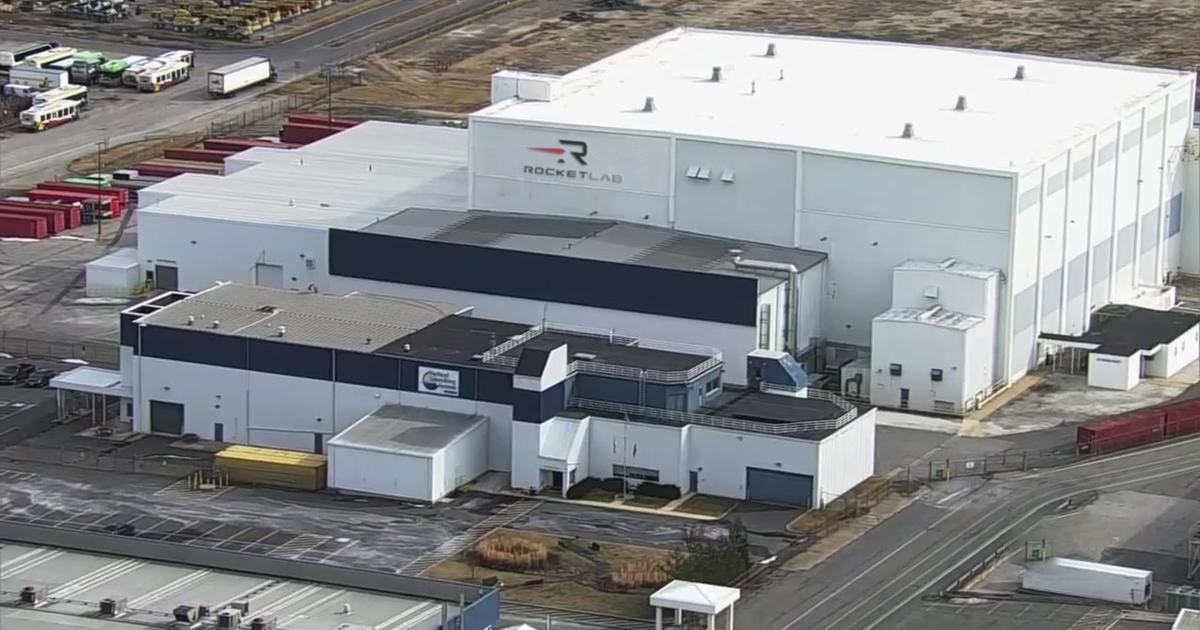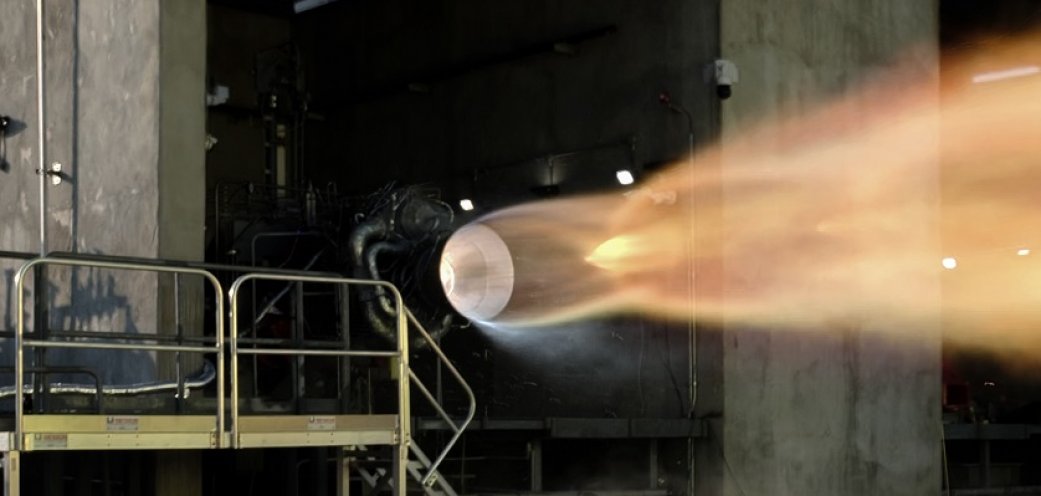 Rocket Lab Completes Successful First Hot Fire of Archimedes Engine for Neutron Rocket
Read more
Rocket Lab Completes Successful First Hot Fire of Archimedes Engine for Neutron Rocket
Read more
Neutron
Mega Constellation Launcher
Your mission, your way
Reliable and cost-effective launch services for constellation deployment,
cargo resupply, interplanetary missions.
Overview
- Height
- 43 m / 141 ft
- Diameter
- 7m
- Fairing Diameter
- 5m
- Payload To LEO
- 13,000 kg
- Lift Off Mass
- 480,000 kg
- Propellant
- LOX / Methane
Features
- Designed for mega constellation deployment, deep space missions, and human spaceflight
- Efficient reusability - return to launch site
- Captive fairing design allows for fully reusable first stage
and fairing - Lightweight specially formulated Rocket Lab carbon composite structure
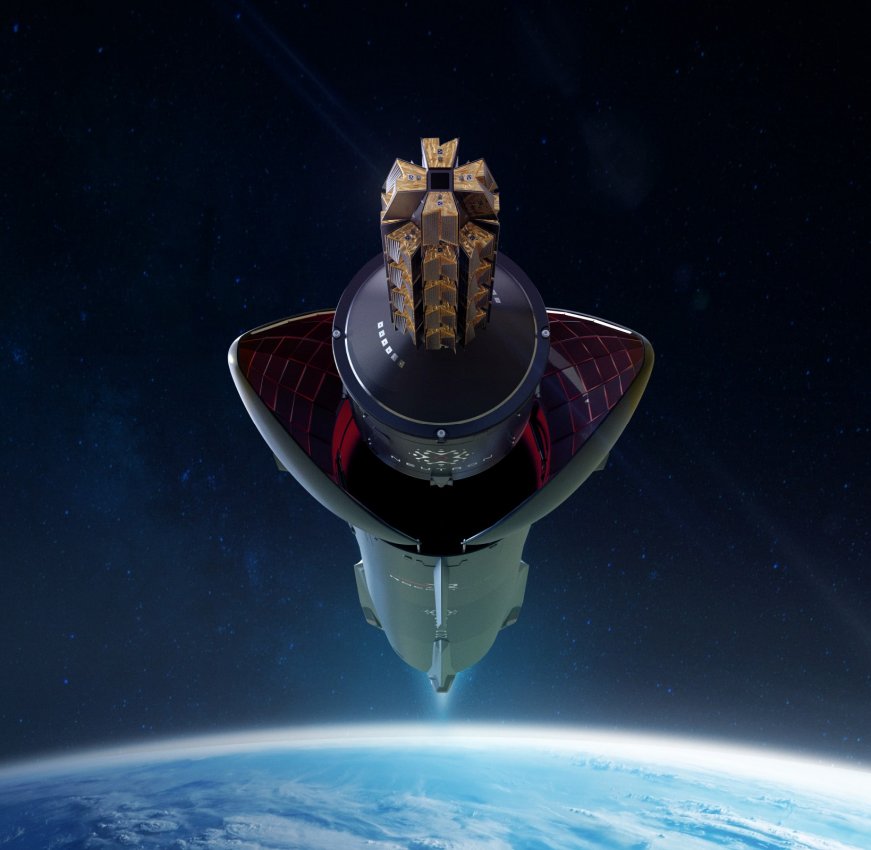
Performance
Neutron will feature the new Archimedes Engine
First Stage
- 9 Archimedes Engines
- Lox/Methane Oxidizer Rich Closed Cycle
- Total Lift-off Thrust: 1,485,000 lbf
Second Stage
- Single Vacuum Archimedes Engine
- Lox/Methane Oxidizer Rich Closed Cycle
- Vacuum Thrust: 890 kN (200,000 lbf)
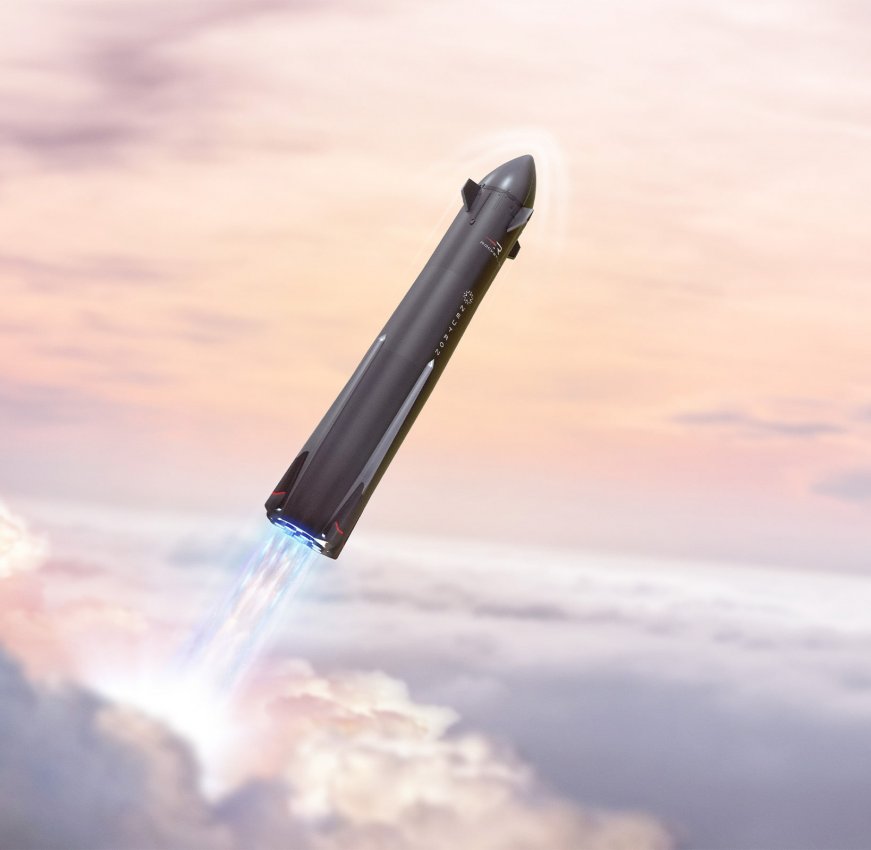
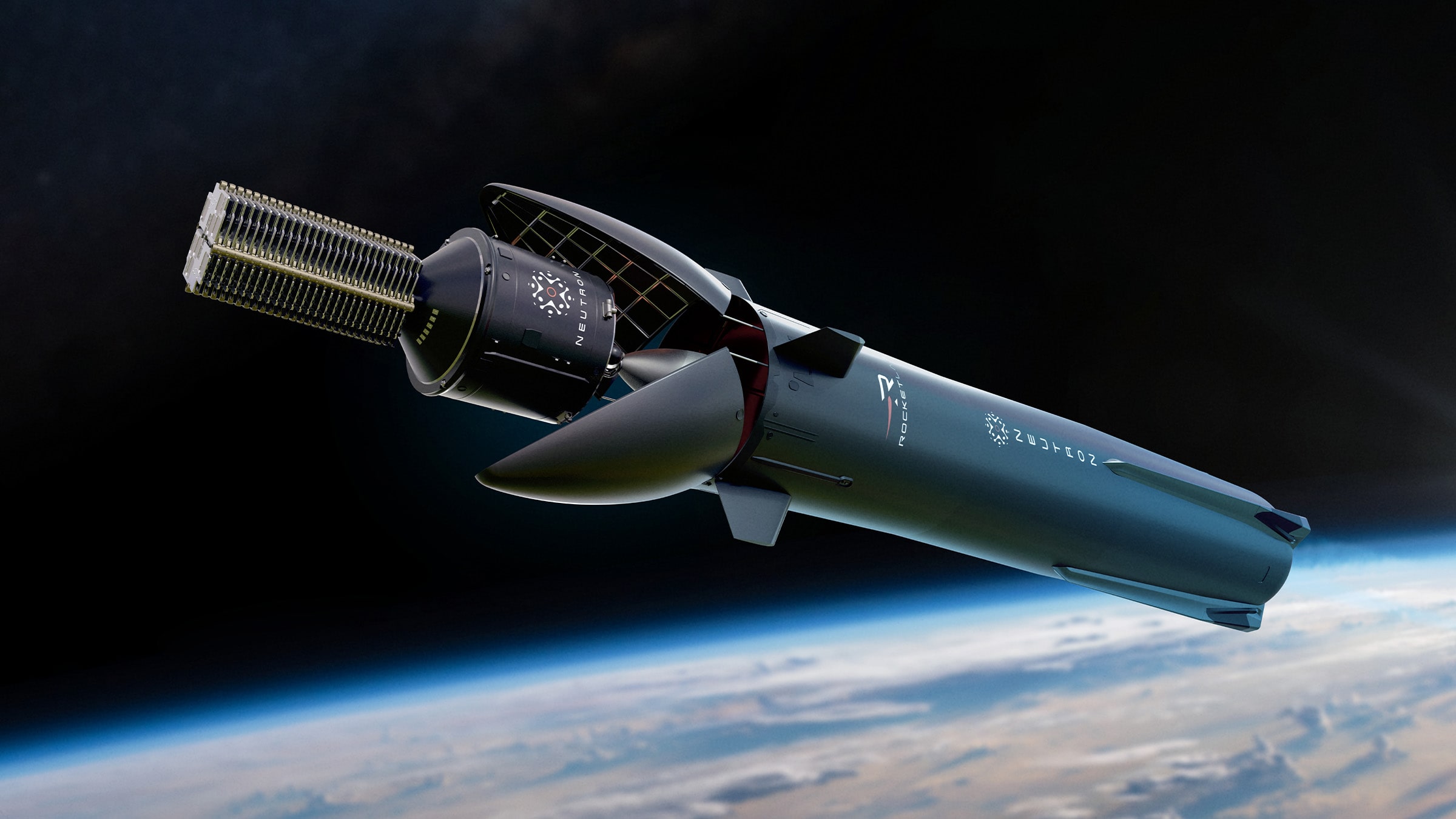
Path to Lift-Off
Latest News
 Rocket Lab Completes Successful First Hot Fire of Archimedes Engine for Neutron Rocket
Read more
Rocket Lab Completes Successful First Hot Fire of Archimedes Engine for Neutron Rocket
Read more
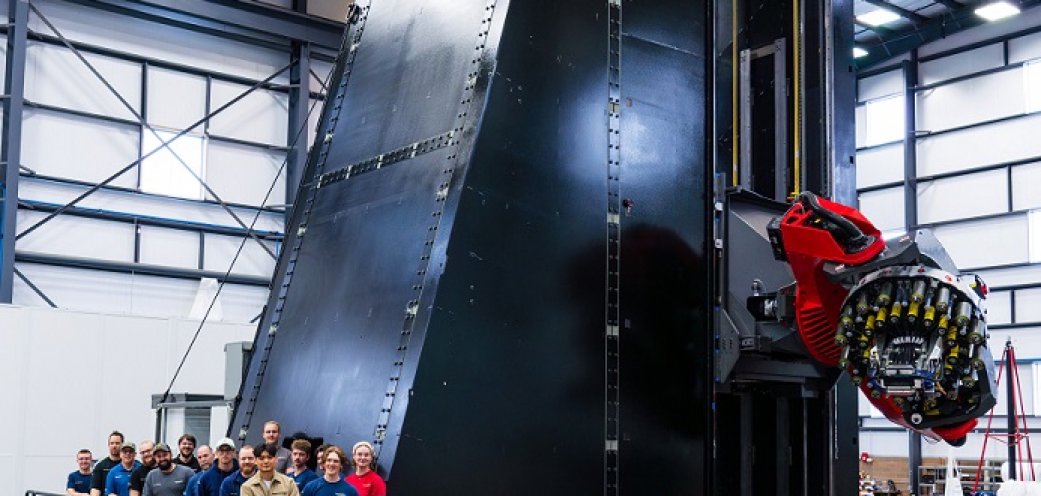 Rocket Lab Begins Installation of Large Carbon Composite Rocket-Building Machine
Read more
Rocket Lab Begins Installation of Large Carbon Composite Rocket-Building Machine
Read more
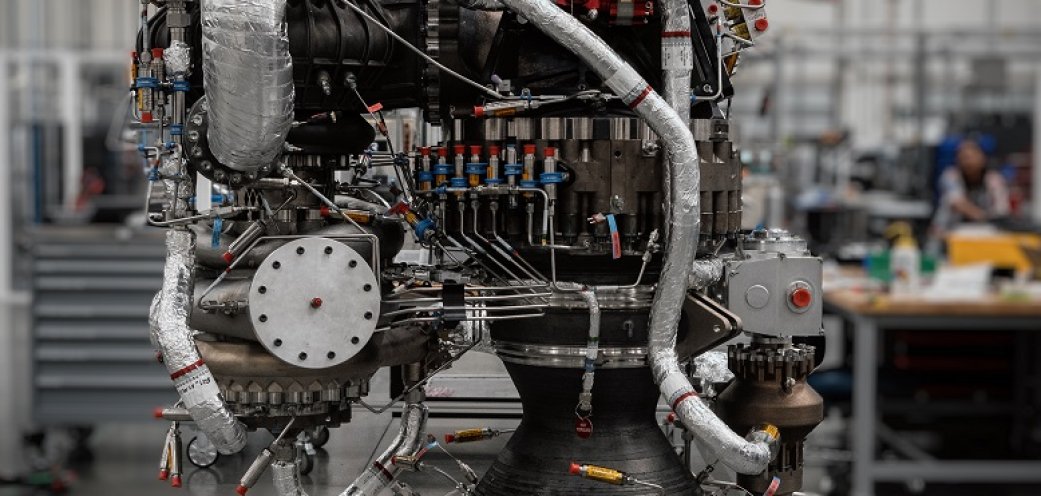 Rocket Lab Completes Archimedes Engine Build, Begins Engine Test Campaign
Read more
Rocket Lab Completes Archimedes Engine Build, Begins Engine Test Campaign
Read more
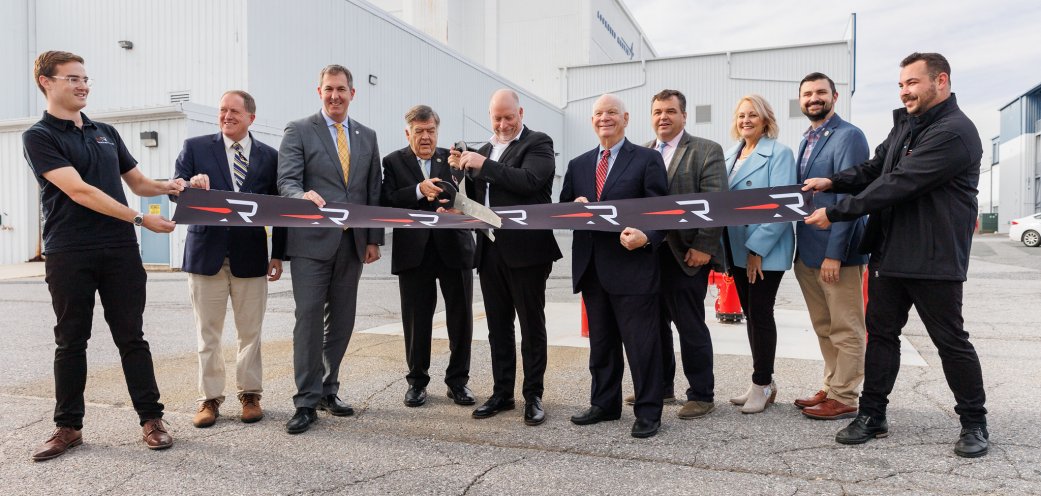 Rocket Lab to Establish Space Structures Complex in Baltimore County to Supply Advanced Composite Products Internally and to Broader Space Industry
Read more
Rocket Lab to Establish Space Structures Complex in Baltimore County to Supply Advanced Composite Products Internally and to Broader Space Industry
Read more
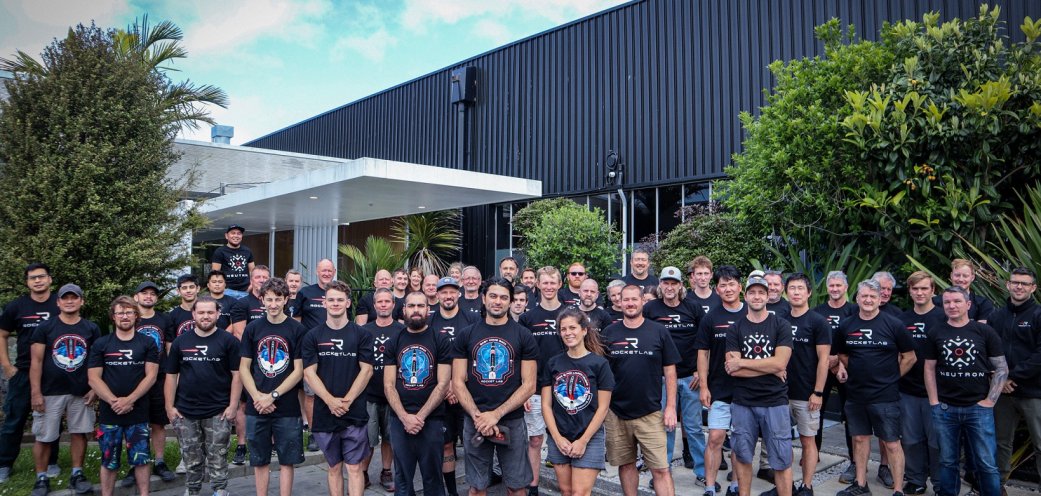 From sea to skies, Rocket Lab acquires SailGP Technologies facilities and team in Warkworth, New Zealand
Read more
From sea to skies, Rocket Lab acquires SailGP Technologies facilities and team in Warkworth, New Zealand
Read more
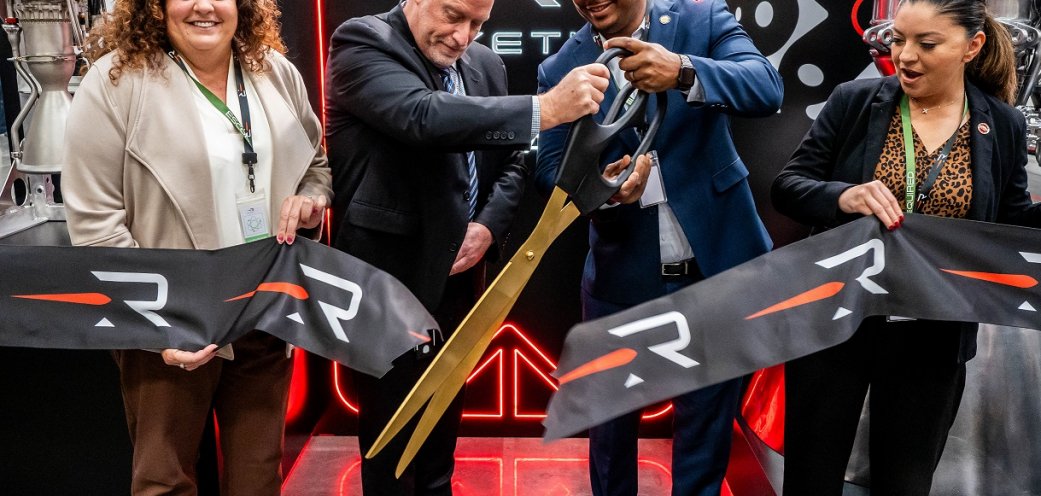 Rocket Lab Opens Engine Development Center in Long Beach
Read more
Rocket Lab Opens Engine Development Center in Long Beach
Read more
 Rocket Lab Bolsters Neutron Rocket Program with Purchase of Virgin Orbit Long Beach California Assets
Read more
Rocket Lab Bolsters Neutron Rocket Program with Purchase of Virgin Orbit Long Beach California Assets
Read more
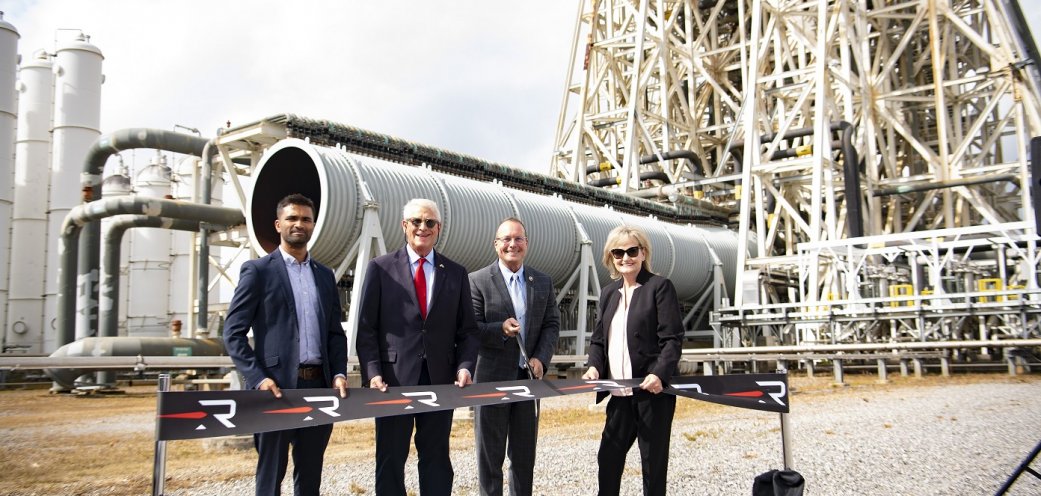 Rocket Lab Opens Archimedes Engine Test Stand at Stennis Space Center in Mississippi
Read more
Rocket Lab Opens Archimedes Engine Test Stand at Stennis Space Center in Mississippi
Read more
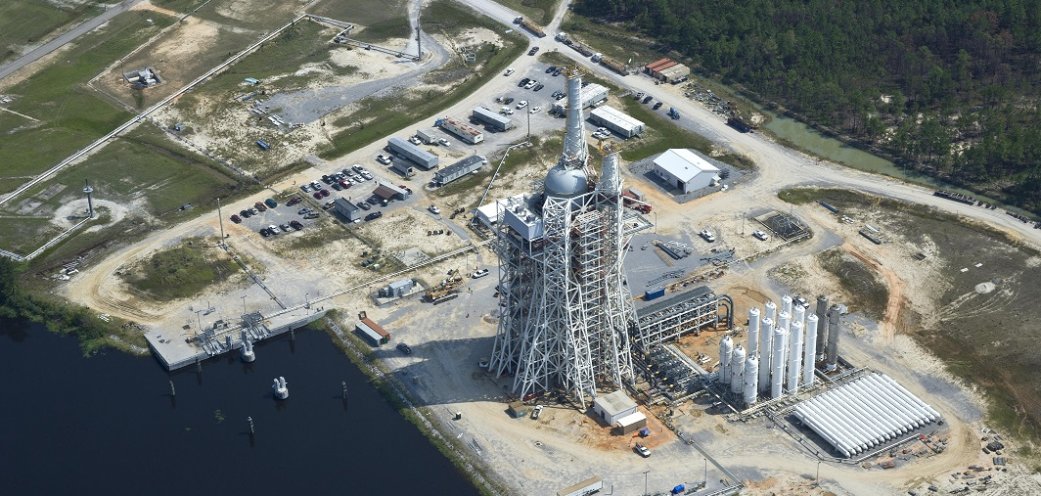 Rocket Lab Selects NASA Stennis Space Center For Neutron Engine Test Facility
Read more
Rocket Lab Selects NASA Stennis Space Center For Neutron Engine Test Facility
Read more
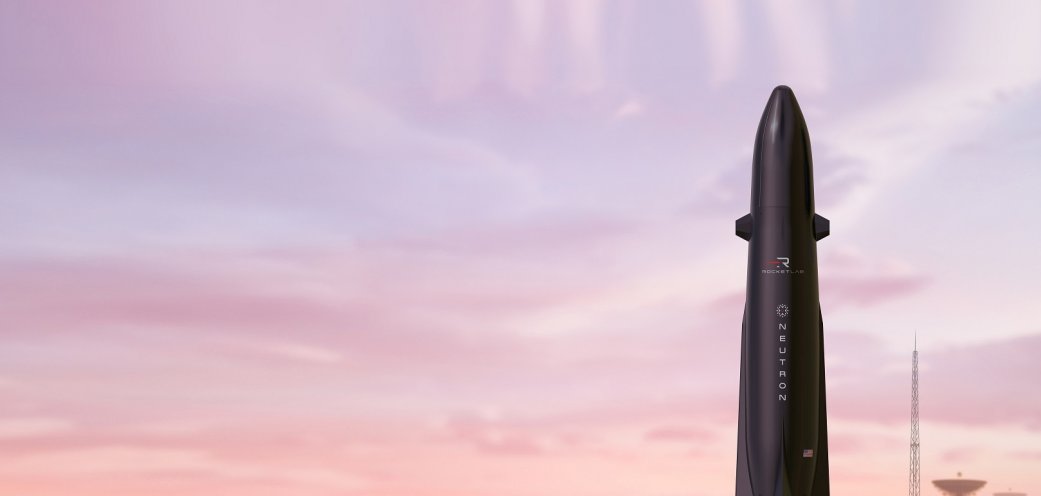 Rocket Lab Signs Agreement with USTRANSCOM to Explore Using Neutron and Electron Rockets to Deliver Cargo Around the World
Read more
Rocket Lab Signs Agreement with USTRANSCOM to Explore Using Neutron and Electron Rockets to Deliver Cargo Around the World
Read more
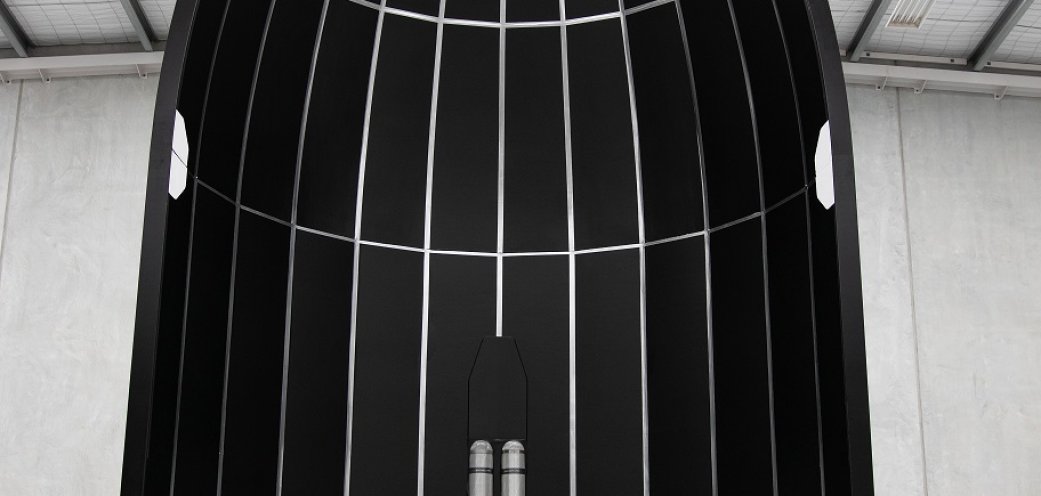 Rocket Lab Wins $24m U.S. Space Force Contract to Develop Neutron Upper Stage
Read more
Rocket Lab Wins $24m U.S. Space Force Contract to Develop Neutron Upper Stage
Read more
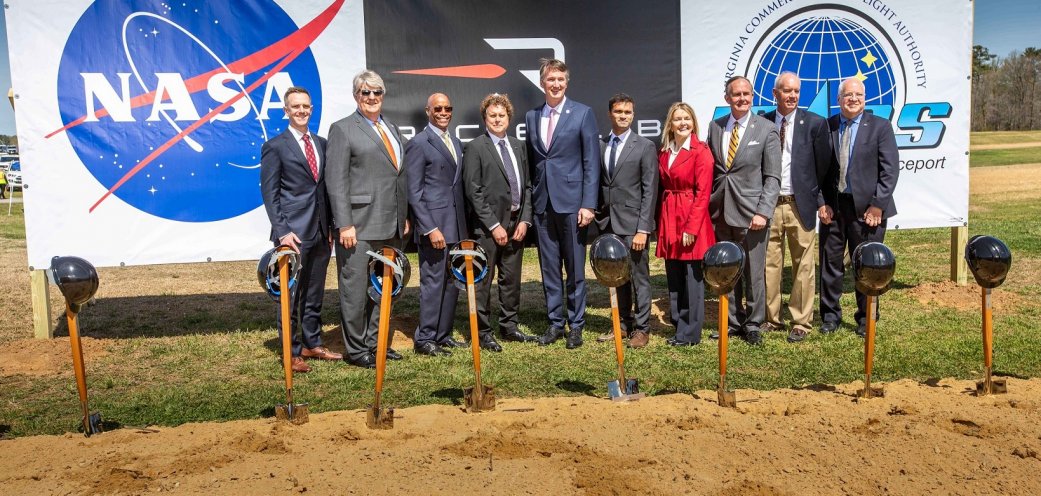 Rocket Lab Breaks Ground on Neutron Production Complex in Wallops, Virginia
Read more
Rocket Lab Breaks Ground on Neutron Production Complex in Wallops, Virginia
Read more
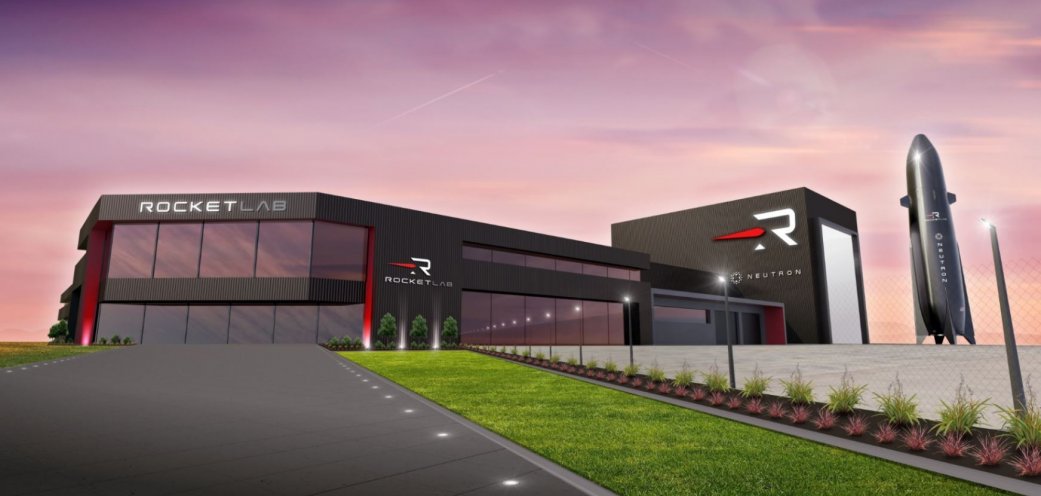 Rocket Lab Selects Virginia for Neutron Launch Site & Extensive Manufacturing Complex
Read more
Rocket Lab Selects Virginia for Neutron Launch Site & Extensive Manufacturing Complex
Read more
 Rocket Lab Hosts Investor Day and Neutron Development Update
Read more
Rocket Lab Hosts Investor Day and Neutron Development Update
Read more
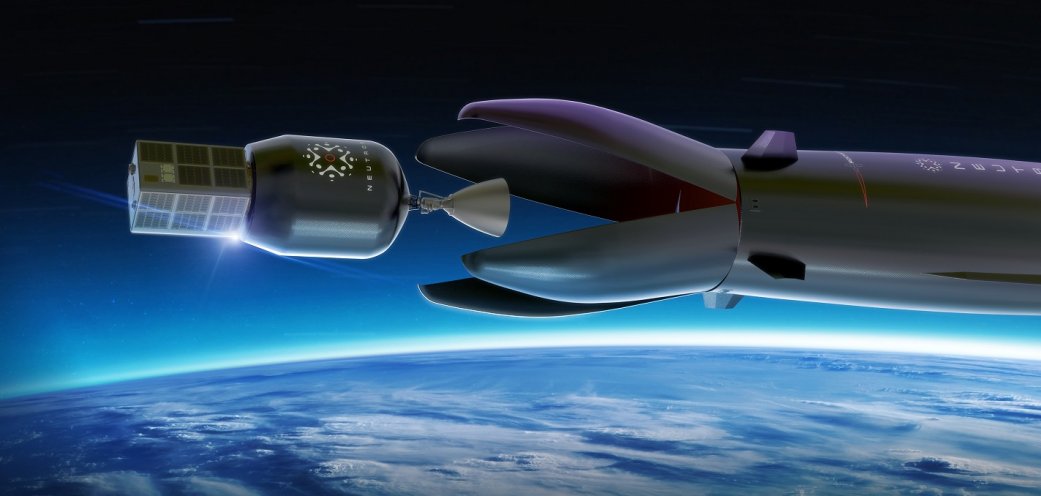 Rocket Lab Reveals Neutron Launch Vehicle’s Advanced Architecture
Read more
Rocket Lab Reveals Neutron Launch Vehicle’s Advanced Architecture
Read more
Gallery
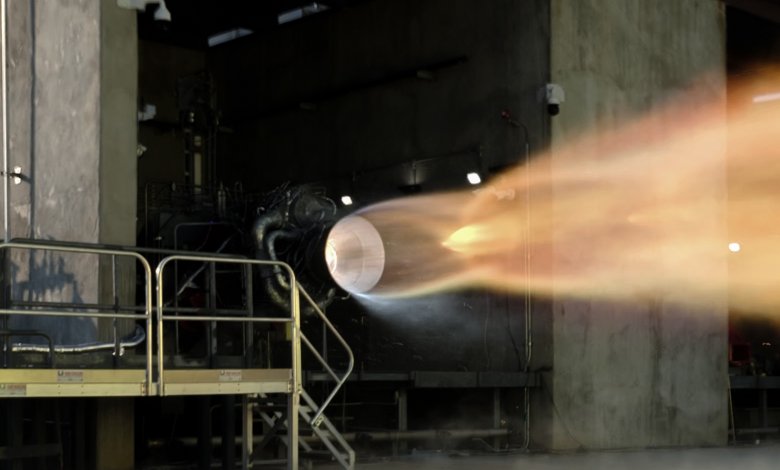
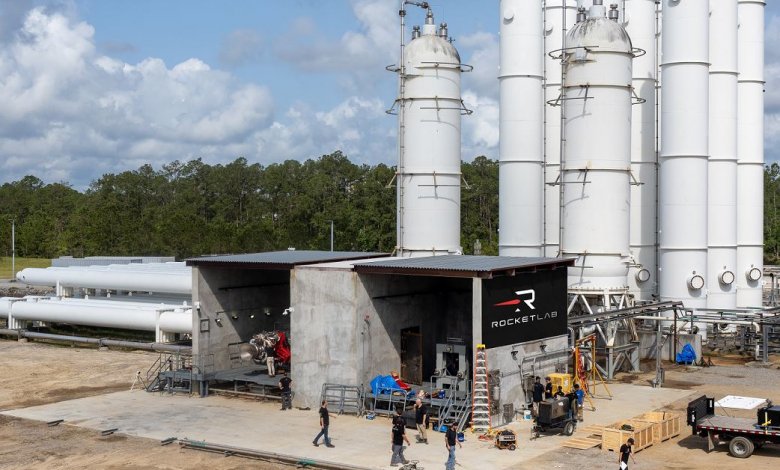
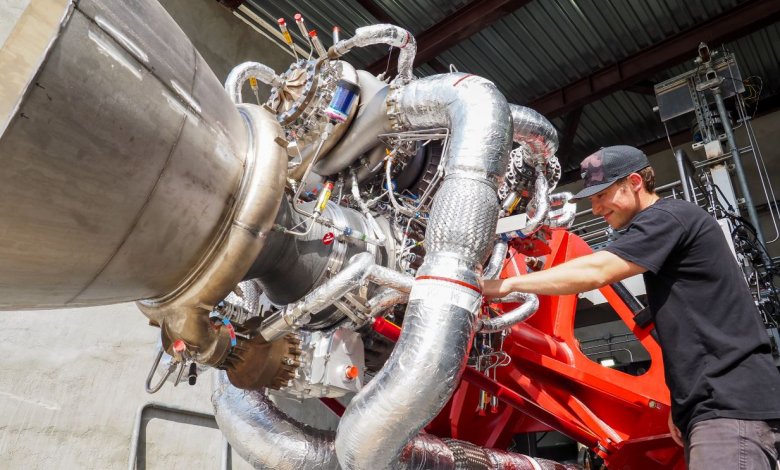
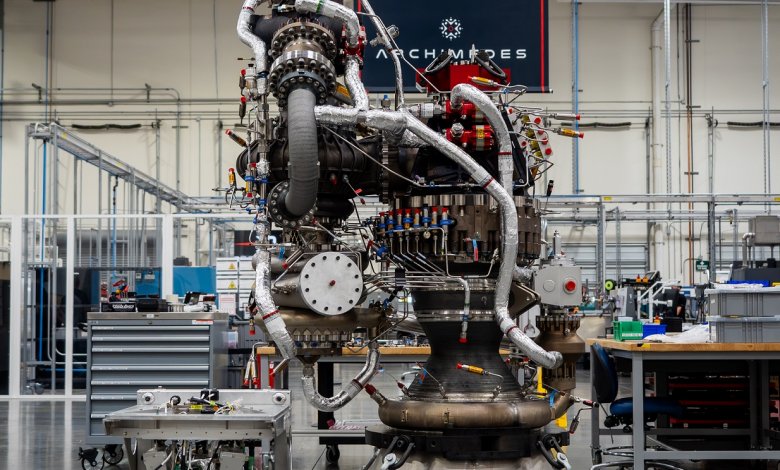
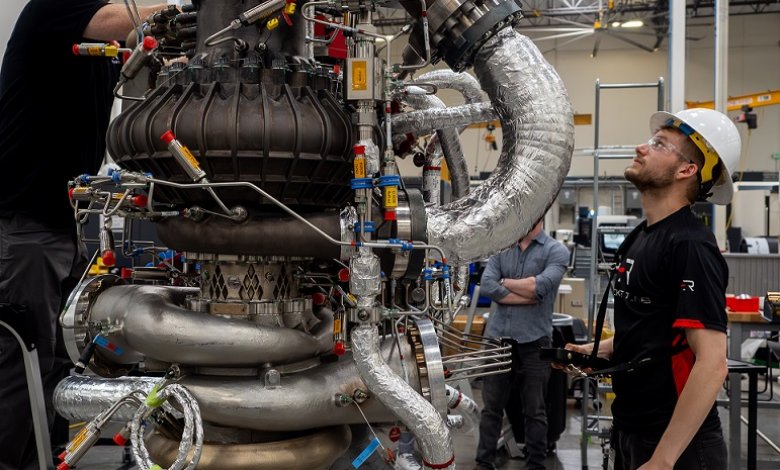
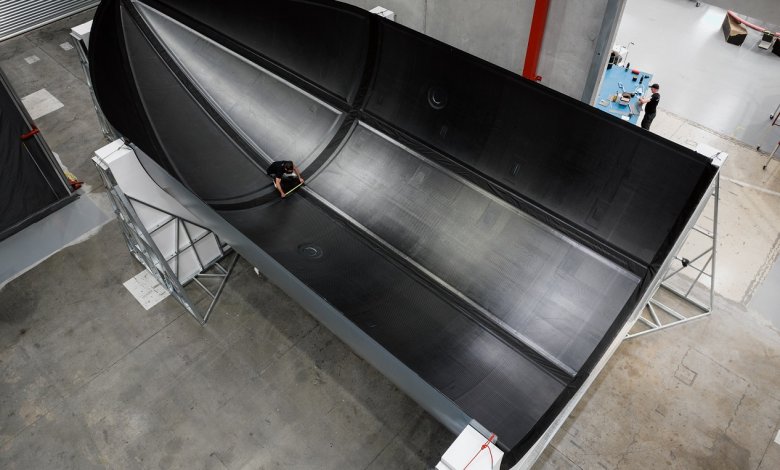
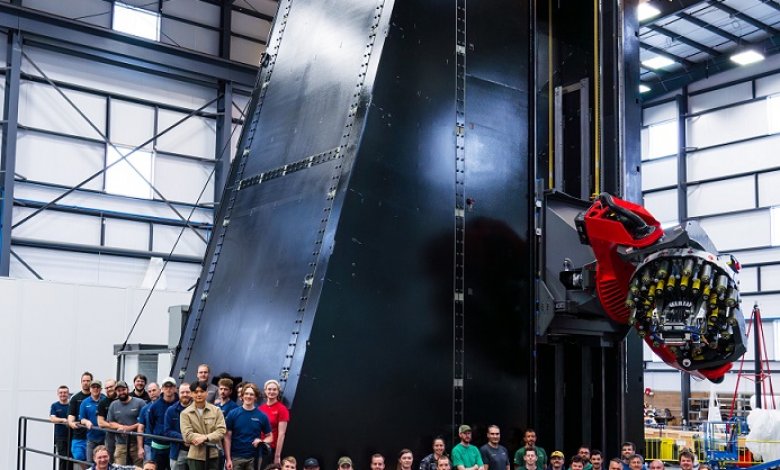
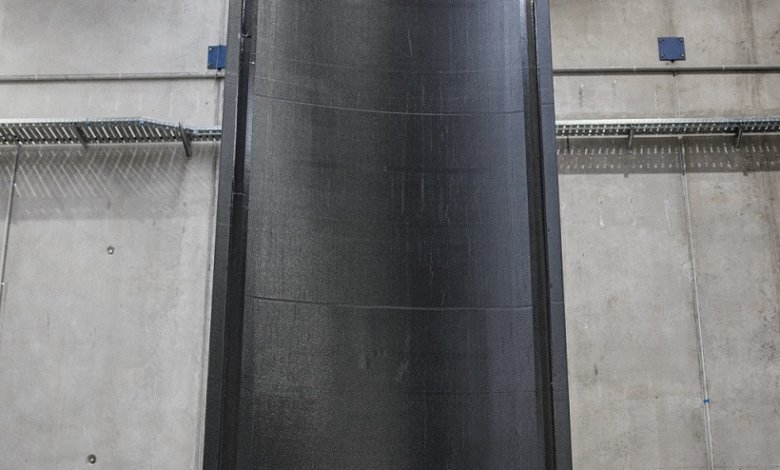
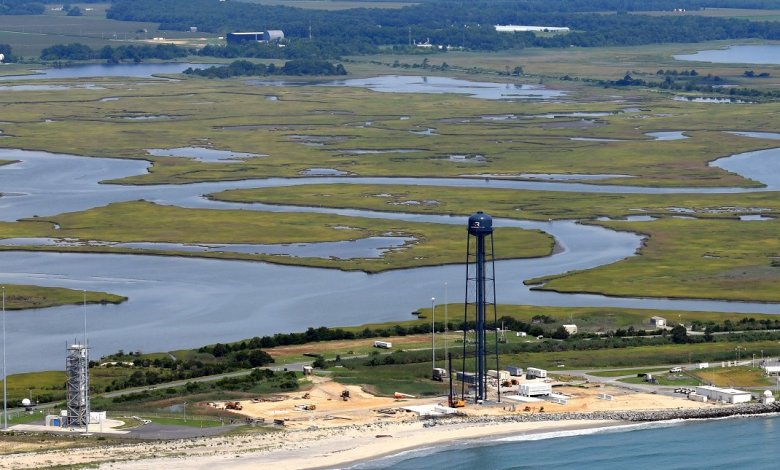
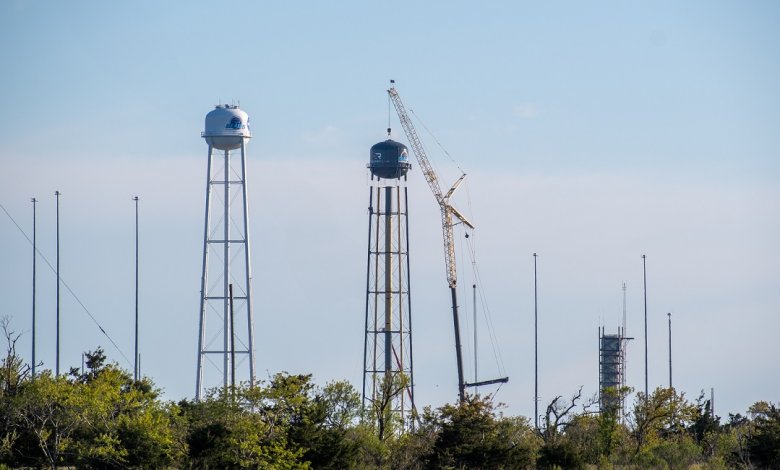
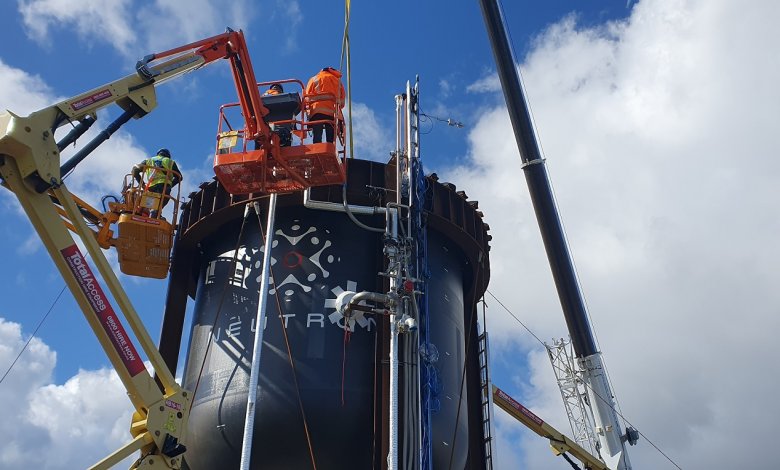
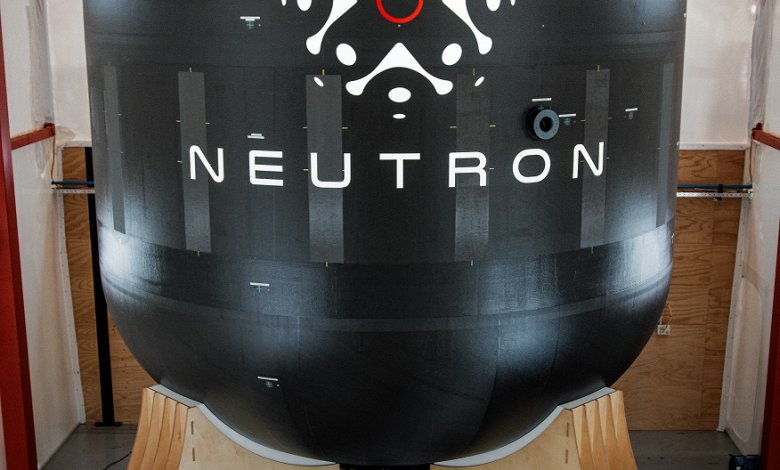
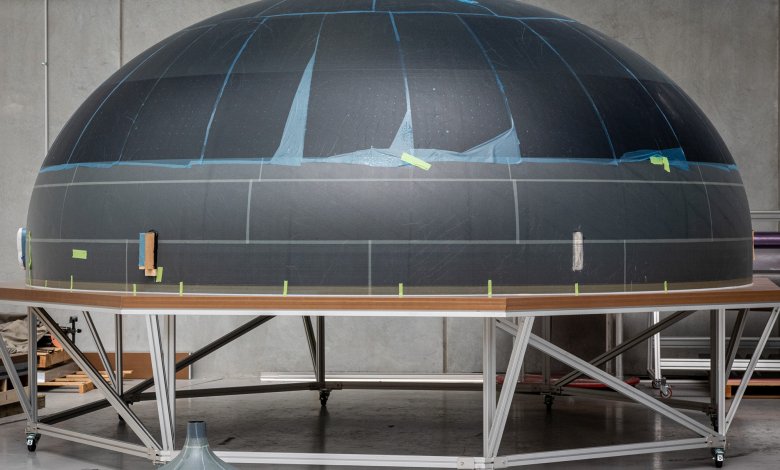
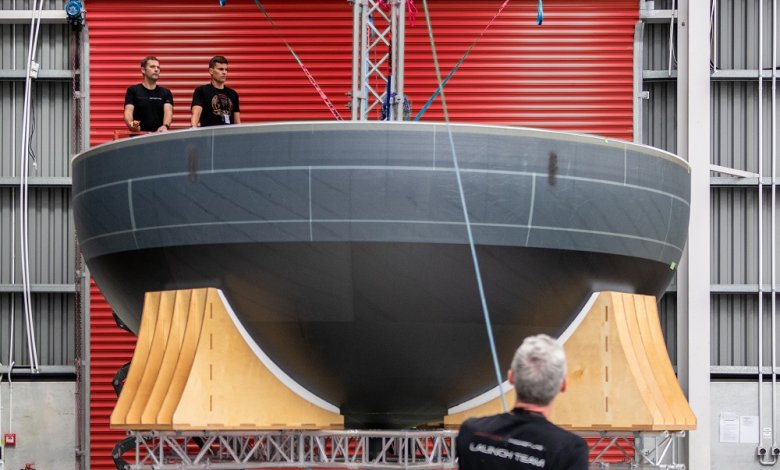
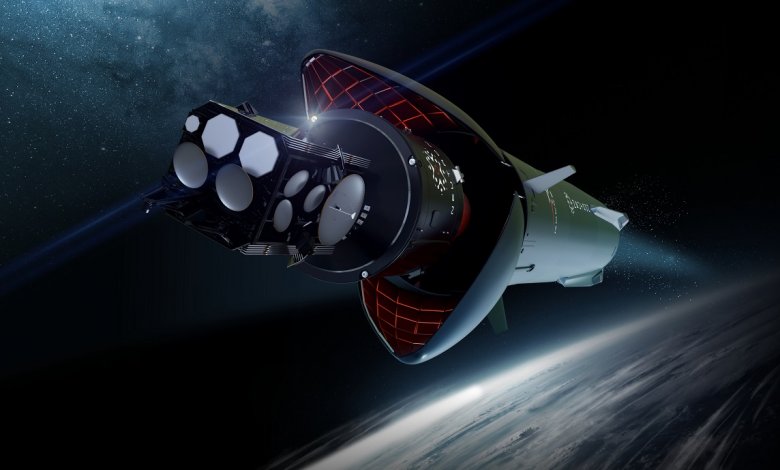
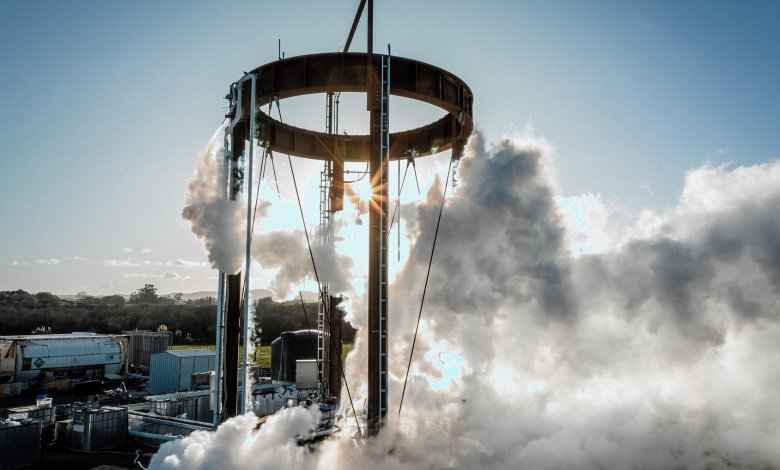
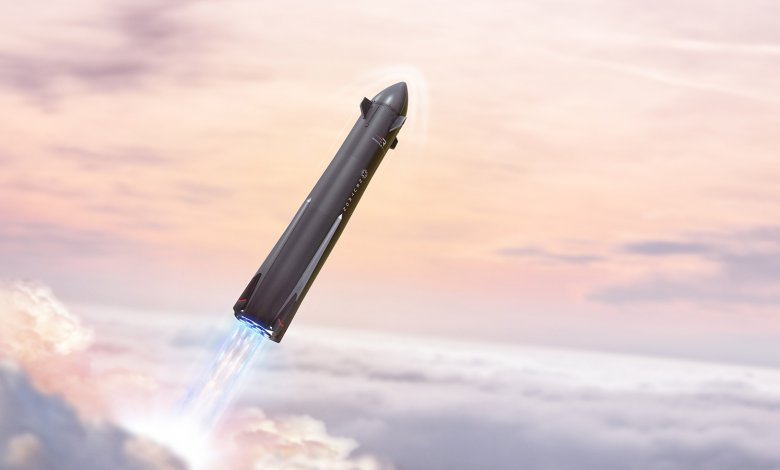
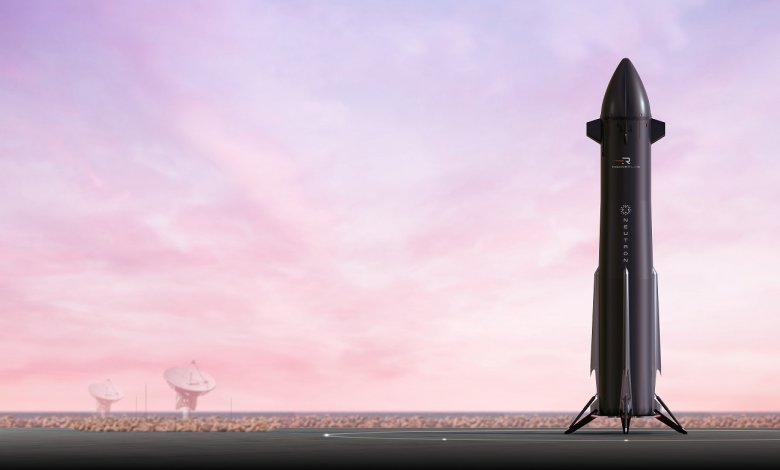
Where we're building,
testing and launching Neutron.
Archimedes Engine Test Complex
The Archimedes Test Complex is the location for testing of Neutron's reusable Archimedes engine, located at NASA’s Stennis Space Center in Mississippi.
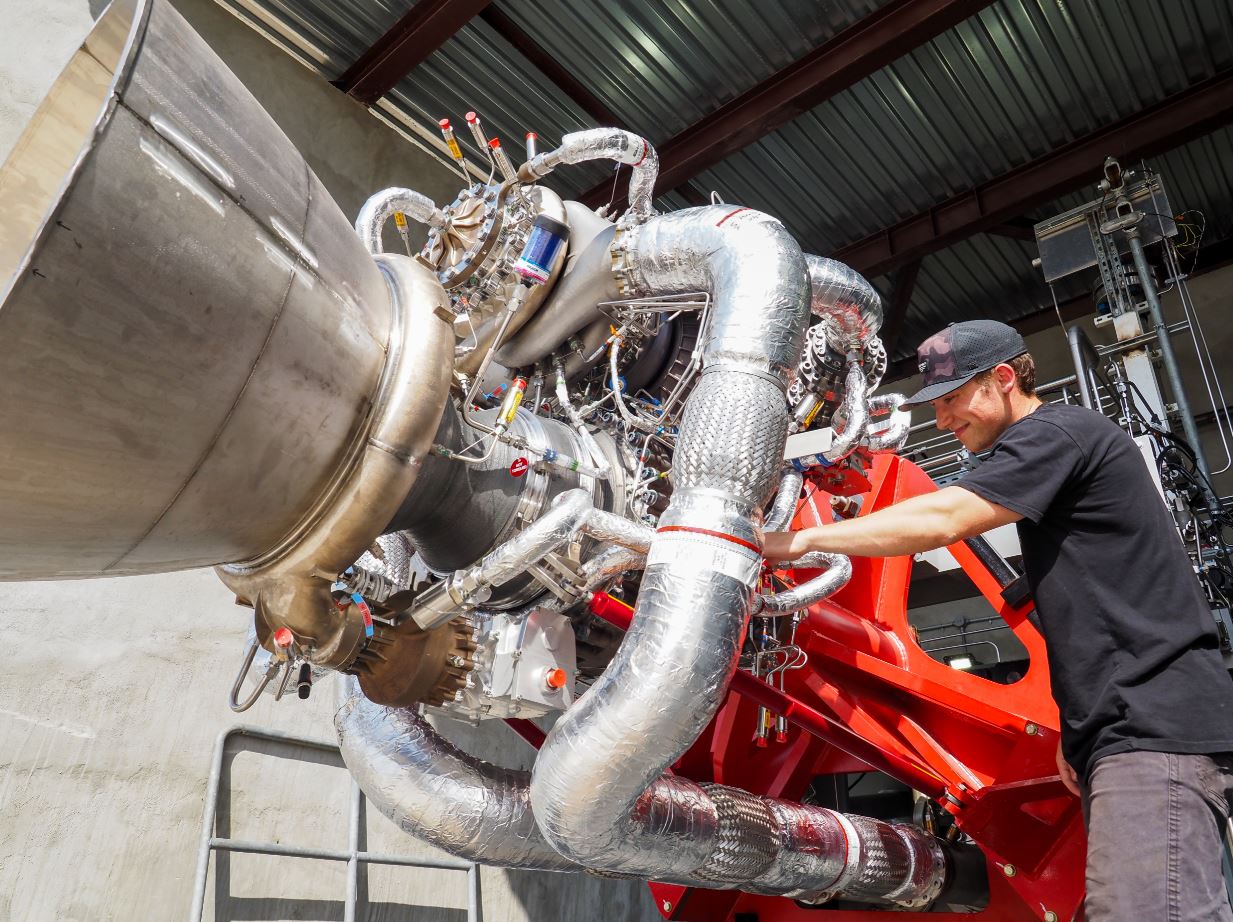
Engine Development Complex
Rocket Lab's Engine Development Complex is located in Long Beach, California. The 144,000+ square foot site supports the development and production of the Archimedes engine for Neutron, as well as the high-rate production of Rocket Lab's Rutherford engine for its Electron launch vehicle.
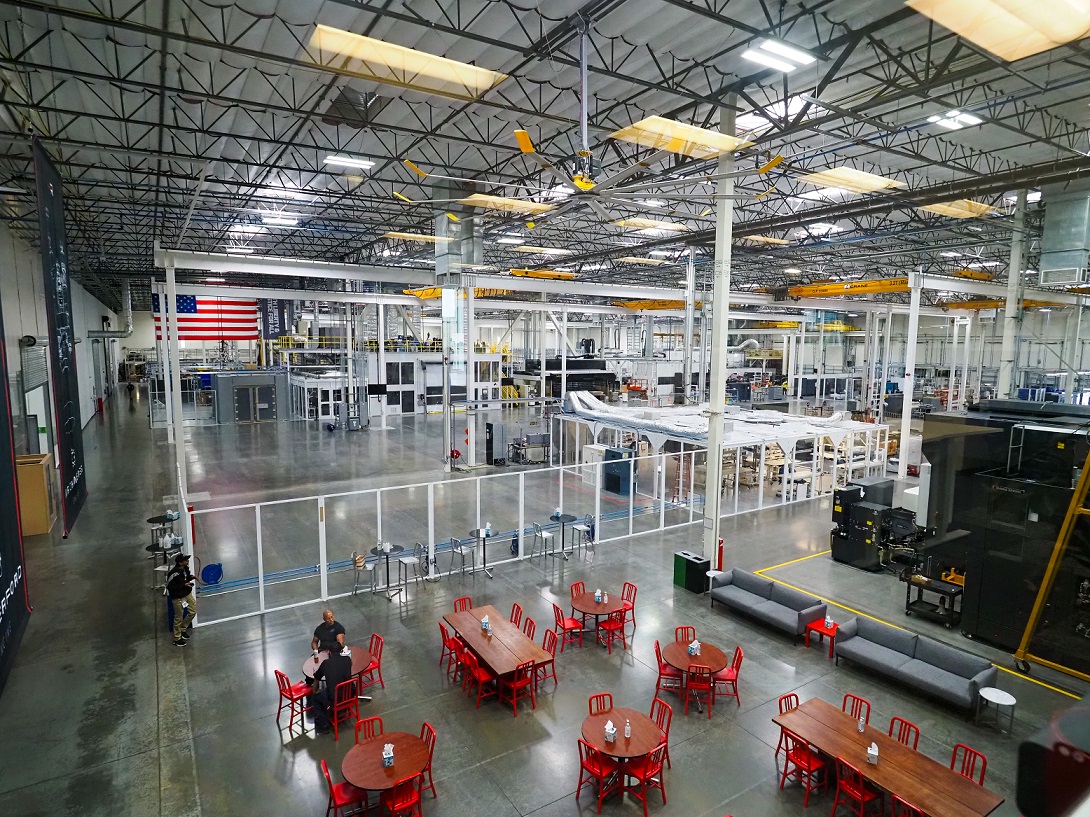
Launch Site
Rocket Lab Launch Complex 3 is the dedicated launch site for Neutron. It’s located at the Mid-Atlantic Regional Spaceport within NASA’s Wallops Flight Facility on Virginia’s Eastern Shore. Neutron’s pad is adjacent to the existing Rocket Lab Launch Complex 2, the U.S. launch site for Electron. As a reusable rocket, Neutron’s first stage can support return to launch site and downrange landing options, before return to Launch Complex 3 for refurbishment and reflight.
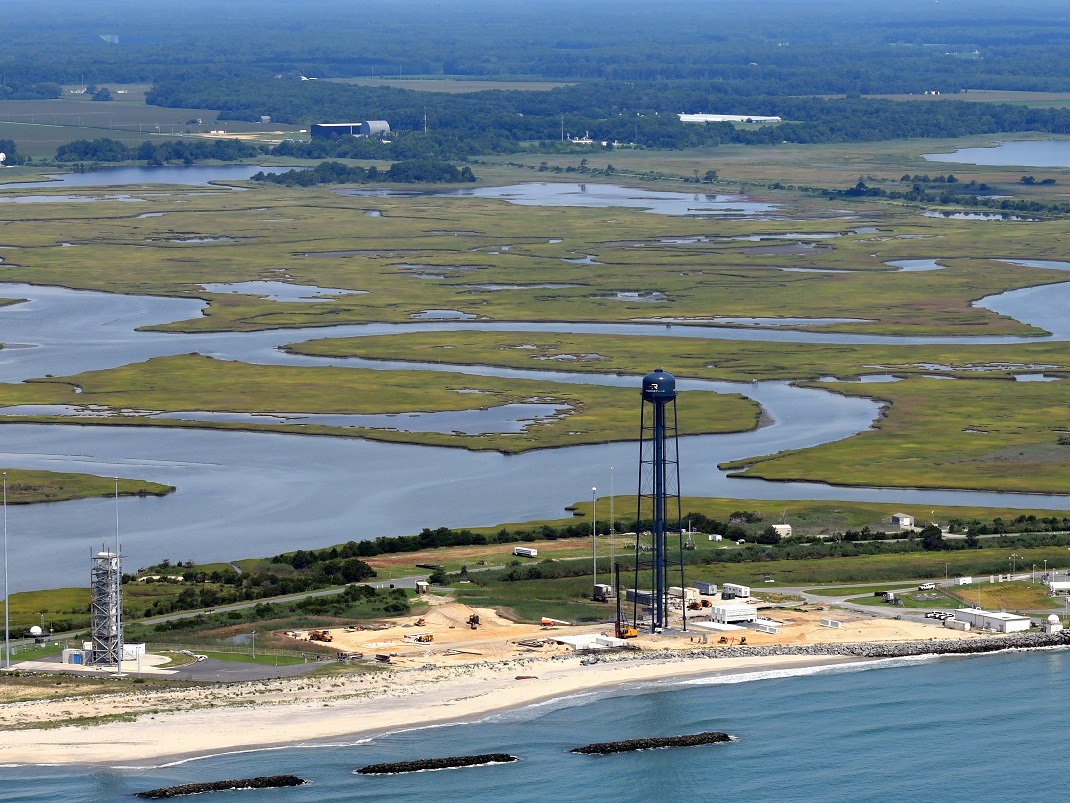
Neutron Assembly & Integration Complex
Located within the Mid-Atlantic Regional Spaceport on Virginia’s Eastern Shore, the Assembly & Integration Complex for the Neutron rocket is where Neutron will take shape before making its way to the launch site on Wallops Island, Virginia. Neutron first stages that return to Earth after launch will also be transported to and housed within the Assembly and Integration Complex to be readied for continued flight operations.
Space Structures Complex
Rocket Lab's Space Structures Complex in Middle River, Maryland, supports the automated production of all large composite structures of the Neutron launch vehicle including the panels that make up the 91 ft (28 meter) length interstage and fairing, 22.9 ft (7 meter) diameter first stage, and the 16.4 ft (5 meter) diameter second stage tank. The site is home to the world's largest AFP machine of its kind, a 90-tonne autonomous machine expected to save around 150,000 manufacturing hours in the Neutron rocket's production process.
